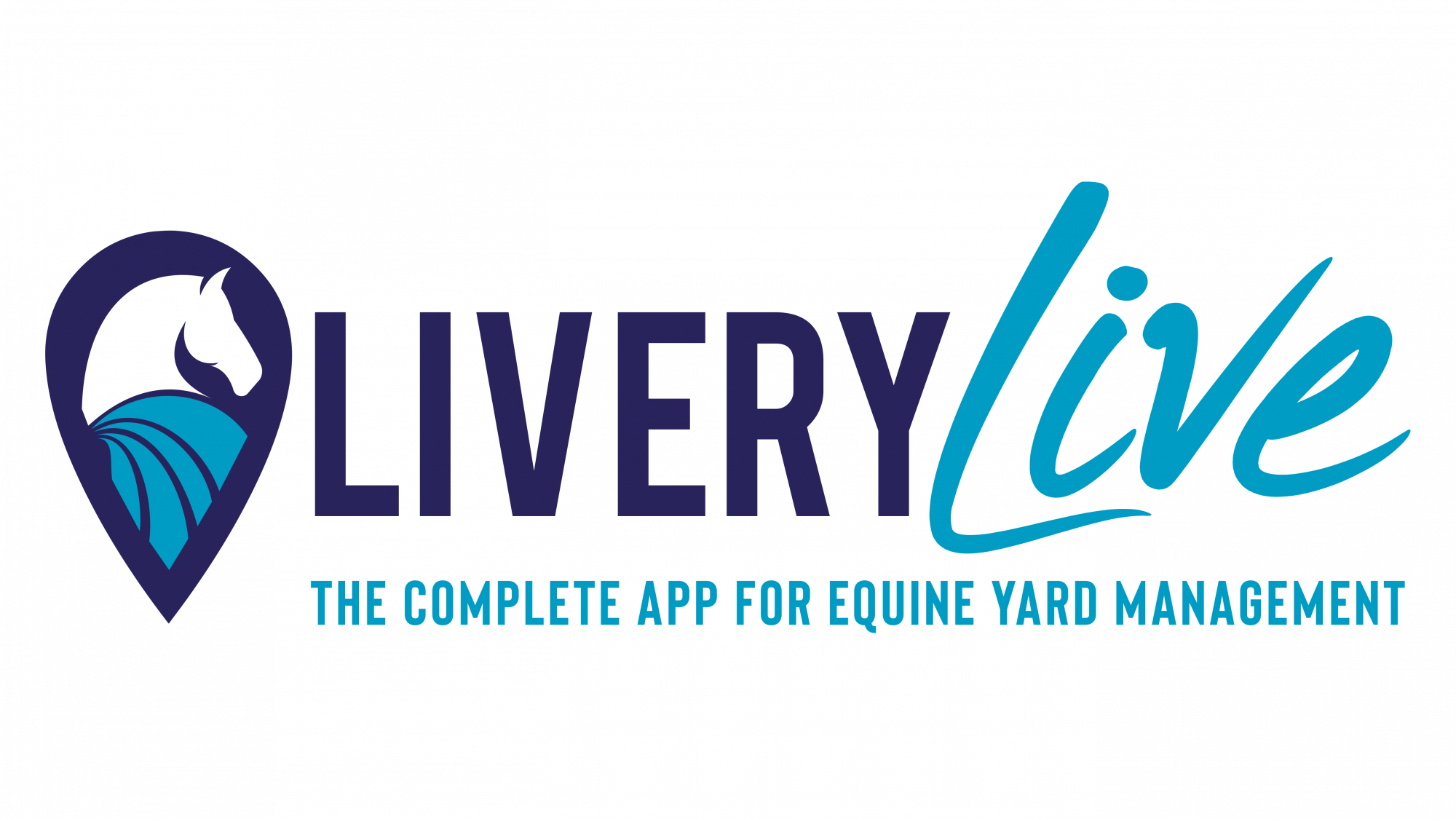In an article published by Horse & Hound this week, writer Lucy Elder made a compelling case for why prioritising animal welfare over the strict notion of animal rights could substantially enhance the quality of life for these animals.
“Animal Welfare” and “Animal Rights” are often used interchangeably, but they represent different viewpoints. Animal rights relates to the idea that animals have inherent rights, similar to human rights, and should not be used by humans. In contrast, animal welfare focuses on ensuring that animals are well-treated, healthy, and have a good quality of life.
The welfare of horses in sports is not just the responsibility of veterinarians or regulators but of all involved parties. From trainers to spectators, yard owners to practitioners, everyone has a role to play in ensuring that horses are treated ethically and humanely. Horse industry governing bodies, particularly horse sport organisations, have a definitive responsibility for upholding the welfare of horses in sport, as the horse acts as a silent partner.
Those involved with the equine industry, and especially with the roles surrounding the training and competing of equines have both a direct and indirect influence on advancing knowledge and understanding of equine welfare, specifically around the quality of a competition horse’s life from its breeding, early management, training practices, experience at competitions, through to the end of its career and life.
As a yard owner, those responsibility for the day to day care have a legal responsibility for the welfare of those equines, and play a huge part in positive experiences and quality of life for those animals. Whether it is basic day to day management, schooling and training for events, or attendance at the events themselves, it is important to uphold the highest standards of welfare.
At a recent conference on equine cognition and mental maturity, experts delved into the ethical dimensions of using horses in sports, Professor Madeleine Campbell, a veterinarian and chair of DEFRA’s animal welfare committee, stressed that balancing ethical justifications for equestrian activities is crucial. She argued that focusing on welfare involves providing horses with good lives, challenging traditional views, and remaining updated with contemporary scientific understandings.
Dr. Gemma Pearson, an equine veterinarian and Director of Equine Behaviour at The Horse Trust, highlighted the significance of public perception. She noted that “quality of life” often carries a more positive connotation than “welfare”. With the concept of “quality of life” being better understood by the general public.
The overarching theme of the article is the need for public engagement and transparency. By opening a dialogue about the ethical treatment and welfare of horses, the industry can foster a more informed and supportive public stance. A better understanding of the concept can ultimately gain broader public support and effectively safeguarding horse well-being in sports.
In 2023, the Equine Ethics and Wellbeing Commission developed their report on “A GOOD LIFE FOR HORSES: A vision for the future involvement of horses in sport” which covers future expectations for the developments and improvements of equines bred, developed for and participating in equestrian sports.
Societies’ attitudes are changing and evidencing prioritisation of equine welfare through clearly communicated demonstrable actions is critical to ensure the future of equestrian sport.











